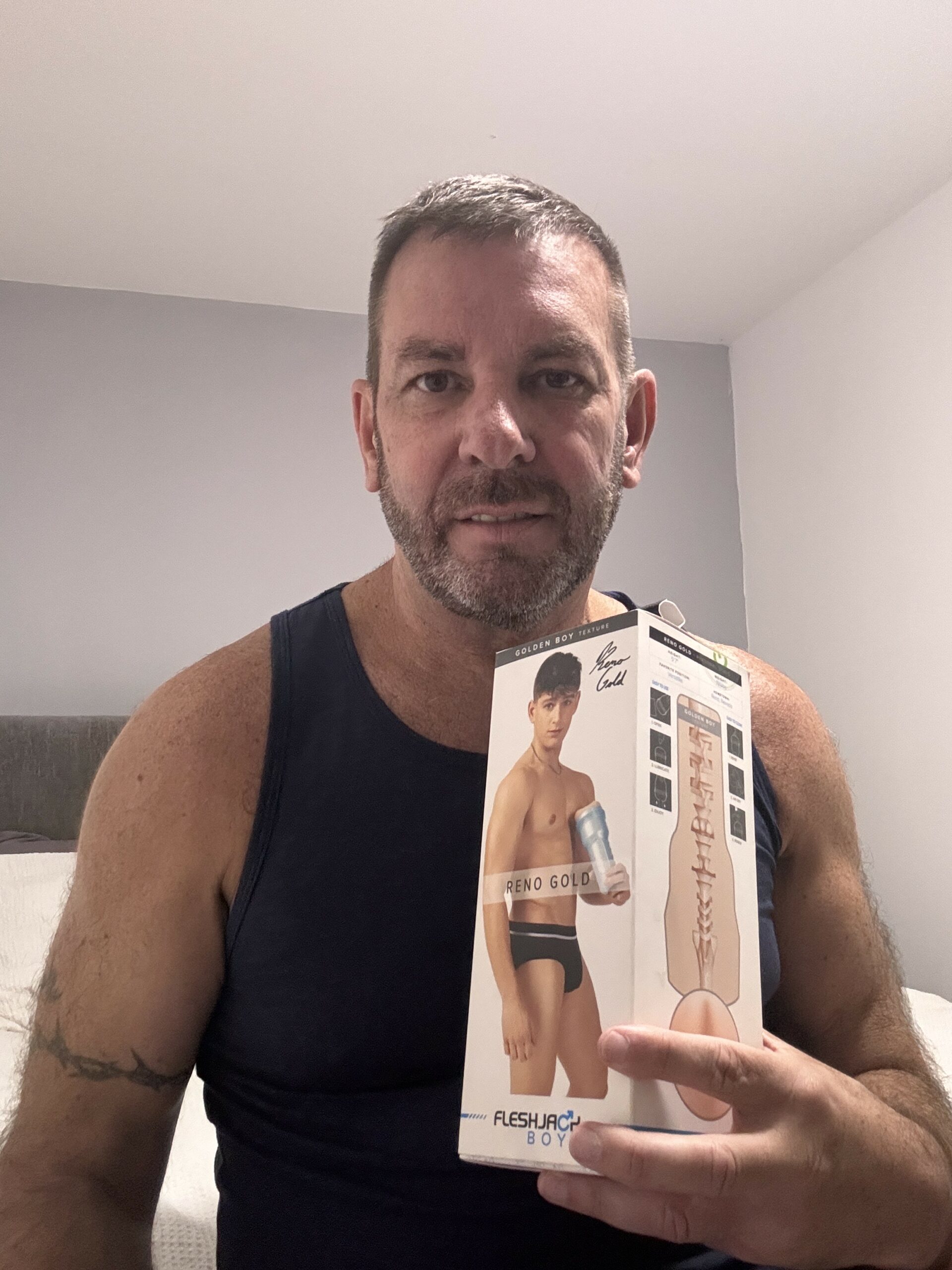Understanding Pansexuality
Pansexuality is a sexual orientation characterized by romantic, sexual, or emotional attraction to people regardless of their gender identity or expression.
It’s important to understand that pansexuality goes beyond the traditional binary understanding of male and female.
Here are some key points to grasp about pansexuality:
-
Attraction is fluid and diverse: Pansexual individuals may be attracted to people who identify as men, women, transgender, non-binary, genderfluid, agender, or any other gender identity.
-
It’s about the person, not the label: Pansexuality emphasizes attraction to the individual, rather than focusing on specific gender categories.
-
Not the same as bisexuality: While both pansexuality and bisexuality involve attraction to multiple genders, there are subtle distinctions. Bisexuality often refers to attraction to two genders (typically male and female), while pansexuality encompasses attraction to all genders.
-
Embracing inclusivity: Pansexuality is a celebration of diversity and a rejection of rigid gender norms.
Understanding pansexuality requires moving beyond the limitations of the binary and embracing the full spectrum of human identity and expression.
Pansexuality is a sexual orientation characterized by romantic, sexual, and/or emotional attraction to people regardless of their gender identity or expression.
This means pansexual individuals can be attracted to men, women, transgender individuals, non-binary people, and all other gender identities.
The term “pan” comes from the Greek word “pan,” meaning “all.”
Understanding Pansexuality requires acknowledging that attraction is complex and multifaceted.
It’s not solely based on physical characteristics but encompasses a deeper connection with someone’s personality, values, and experiences.
For pansexual people, gender is not a determining factor in their attraction.
They see individuals as individuals, appreciating them for who they are rather than focusing on their gender identity.
**Pansexuality** differs from bisexuality, which typically refers to attraction to two genders (often men and women). While there can be overlap, pansexuality emphasizes a broader spectrum of attraction that encompasses all genders.
It’s important to remember that every individual’s experience with their sexuality is unique.
Some pansexual individuals may primarily be attracted to one gender while still being open to others, while others may have a more evenly distributed attraction across genders.
**Coming out** as pansexual can be a personal and empowering journey. It involves sharing one’s sexual orientation with others and accepting oneself for who they are.
Support from friends, family, and the wider community can make this process smoother and more affirming.
Understanding and respecting pansexuality is crucial for creating an inclusive society where everyone feels valued and accepted.
Learning about different sexual orientations helps us broaden our understanding of human diversity and promote empathy and compassion.
Experiences of Pan People
Pansexuality is an identity characterized by romantic, sexual, and emotional attraction to people regardless of their **gender** identity or expression.
Understanding the experiences of pan people requires recognizing the diversity within this community. It’s crucial to avoid generalizations as individual experiences are shaped by various factors like race, ethnicity, socioeconomic background, religion, and personal history.
Here are some common themes and experiences shared by many pan individuals:
* **Finding Acceptance:**
Many pan people describe a journey of self-discovery and acceptance. They often grapple with societal norms and expectations surrounding **sexual orientation**. Coming to terms with their pansexuality can be a liberating experience, but it can also come with challenges related to familial, social, or religious disapproval.
* **Navigating Relationships:**
Pan individuals have diverse relationship styles. Some may identify as monogamous, while others explore polyamorous relationships. The emphasis on attraction beyond gender allows pan people to connect with individuals based on shared values, interests, and emotional compatibility.
* **Facing Misconceptions:**
Pansexuality is often misunderstood. Some may confuse it with bisexuality or assume it means being attracted to everyone indiscriminately. It’s important to clarify that pansexuality involves a genuine attraction to individuals of all genders, regardless of their presentation.
* **Building Community:**
For many pan people, finding and connecting with other pan individuals creates a sense of belonging and validation. Online communities, support groups, and LGBTQ+ centers provide spaces for shared experiences, advocacy, and mutual understanding.
It’s crucial to remember that the pansexual experience is multifaceted and personal. Respecting individual identities, fostering open conversations, and challenging misconceptions are erotic bedtime stories essential steps in creating a more inclusive society for all.
Pansexual individuals experience a spectrum of attraction that transcends traditional gender binaries. They are attracted to people regardless of their gender identity or expression.
Navigating societal norms can present unique challenges for pan people. Often, society’s understanding of sexuality is confined to a limited binary framework, leading to misunderstandings and prejudice.
Here are some common experiences:
* **Misconceptions and Assumptions:**
Pan people frequently encounter assumptions about their attractions based on stereotypes or societal expectations. Some may be told they are “just going through a phase” or that their identity is somehow invalid.
* **Internalized Homophobia/Biphobia/Transphobia:**
Even within the LGBTQ+ community, there can be internalized homophobia, biphobia, or transphobia that influences how pan people view themselves and their experiences.
Coming to terms with one’s pansexuality is a deeply personal journey.

It often involves:
1. **Self-Discovery:** Recognizing one’s attraction to people of all genders can be a gradual process of exploration and self-reflection.
2. **Acceptance and Validation:** Finding support systems, online or in person, that affirm pansexuality is crucial for validation and emotional well-being.
3. **Education:** Learning about pansexuality and dispelling myths surrounding it empowers individuals to understand themselves and their experiences better.
Embracing inclusivity and acceptance requires a shift in societal attitudes and behaviors:
* **Challenging Binary Thinking:** Moving beyond the rigid confines of gender binaries opens up space for diverse expressions of sexuality and identity.
* **Promoting Understanding:** Education and open conversations can help dismantle stereotypes and foster empathy for pan people.
Creating a truly inclusive society means:
* **Respecting Identities:** Using individuals’ preferred pronouns and names demonstrates respect and validation.
* **Celebrating Diversity:** Recognizing and valuing the richness that comes from different sexual orientations and gender identities.
* **Advocating for Equality:** Working to eliminate discrimination and ensure that pan people have equal rights and opportunities.
By embracing inclusivity and acceptance, society can create a more just and equitable world where everyone feels seen, heard, and celebrated for who they are.
Pansexual individuals experience attraction to people regardless of their gender identity or expression. This means they can be attracted to men, women, transgender individuals, non-binary individuals, and anyone else, finding love and connection beyond traditional gender limitations.
Challenging gender stereotypes is a fundamental aspect of the pansexuality experience. Society often operates on rigid binary notions of gender, associating specific traits and behaviors with men and women. Pan people actively dismantle these stereotypes by demonstrating that attraction is not confined to pre-defined categories.
Navigating dating and relationships can be complex for pansexual individuals. They may encounter resistance or misunderstanding from those unfamiliar with pansexuality or uncomfortable with its fluidity. Some might experience prejudice, judgment, or even hostility based on their attractions.

However, the pansexual community is growing and becoming more visible, fostering acceptance and creating spaces of support. Online platforms and communities allow pan people to connect with others who understand their experiences, share their stories, and find validation.
Pansexuality encourages a broader understanding of gender and identity. It challenges the notion that attraction is predetermined by societal expectations, urging individuals to explore their own feelings without constraints. It promotes inclusivity and celebrates the diversity of human experience.
Moreover, pansexuality can contribute to breaking down harmful gender stereotypes within relationships. By embracing partners regardless of their gender, pansexual people foster equality and challenge the power dynamics that often arise from rigid gender roles. They create spaces where individuals are valued for who they are, not for how they conform to societal expectations.
Ultimately, the experiences of pan people highlight the importance of embracing diversity and challenging limiting beliefs about gender and attraction. Their journeys inspire greater understanding, empathy, and acceptance within society.
Pansexuality is an orientation where individuals are attracted to people regardless of their gender identity or expression. This means pansexual people can be attracted to men, women, transgender people, non-binary people, and anyone else they find appealing, all within the same umbrella.
Experiences of Pan People are as diverse as the individuals themselves, shaped by personal journeys, cultural contexts, and societal perceptions.
-
Love as a Spectrum:
Pansexuality emphasizes that love isn’t confined to binary categories. It recognizes the fluidity and complexity of human attraction. Some pansexual individuals may experience attraction across all genders with equal intensity, while others might find themselves more drawn to certain genders than others.
-
Challenges and Acceptance:
-
Misunderstanding and Stereotyping:
-
Finding Community:
Pan people can face unique challenges navigating societal expectations and biases.
Some people may struggle to understand pansexuality, leading to misconceptions or stereotypes about what it means. This can result in feeling misunderstood or judged.
Connecting with other pansexual individuals can be incredibly important for support, validation, and shared experiences.
Despite these challenges, the pansexual community is growing stronger. There’s an increasing visibility of pansexuality in media and popular culture, fostering greater understanding and acceptance.
Celebrating Love in all its Forms:
Pansexuality embodies a celebration of love in all its forms, challenging restrictive norms and embracing the beauty of diversity. It’s a reminder that attraction is a complex and personal experience, and that love knows no boundaries.
Catch up with the full article
Discover all the major points
- Traptox Aka Trapezius Botox Treatment Near Epsom, Surrey - December 5, 2025
- Tinkerbell Nose Tip Lift Treatment Near Thornton Heath, Surrey - December 3, 2025
- The Smoothest THC Infused Sodas Ever - November 30, 2025
